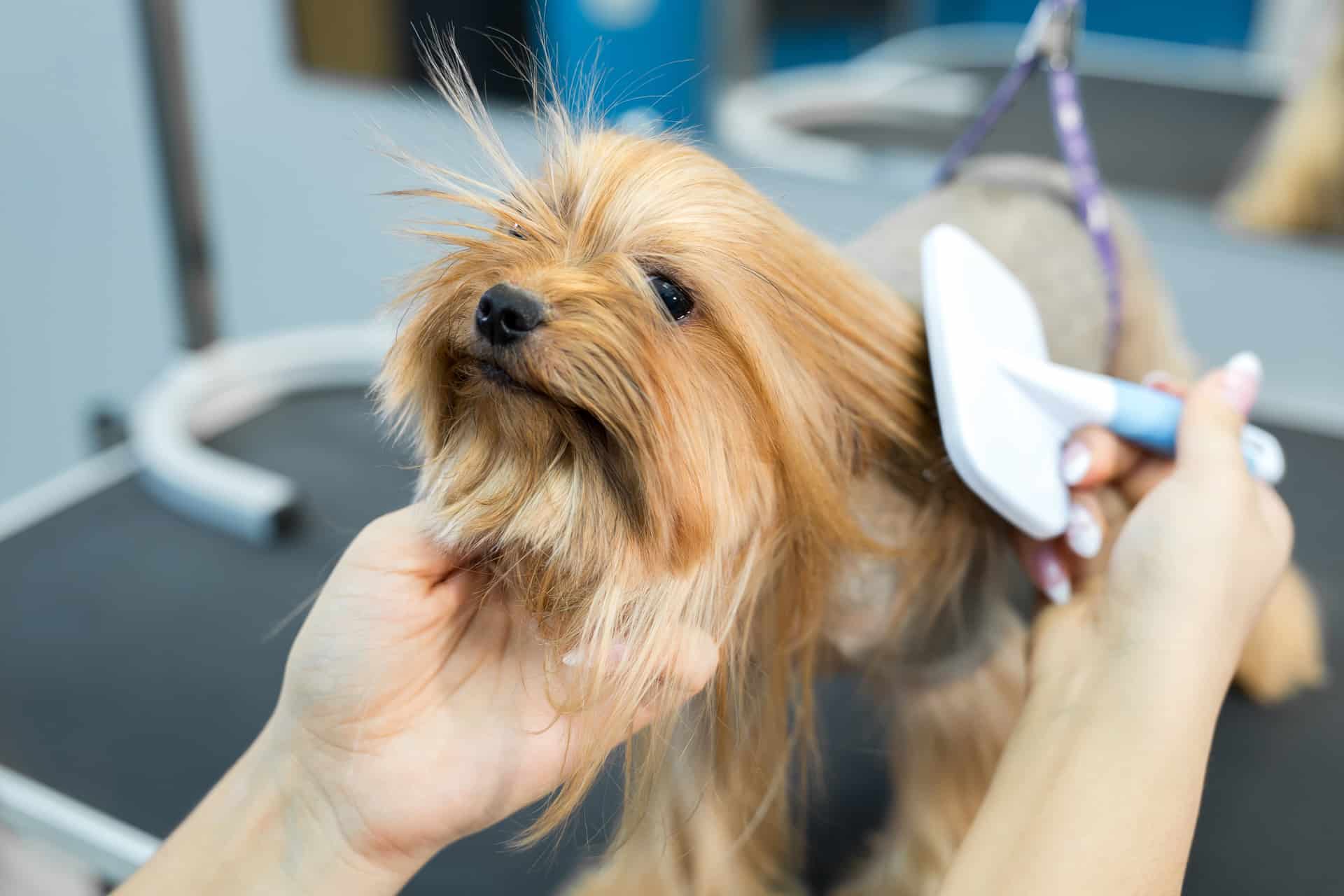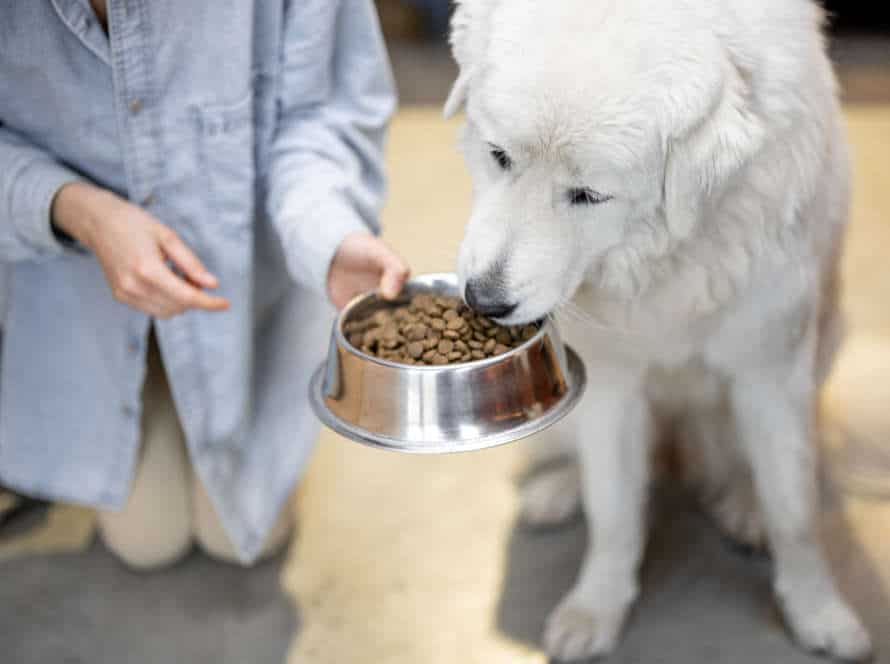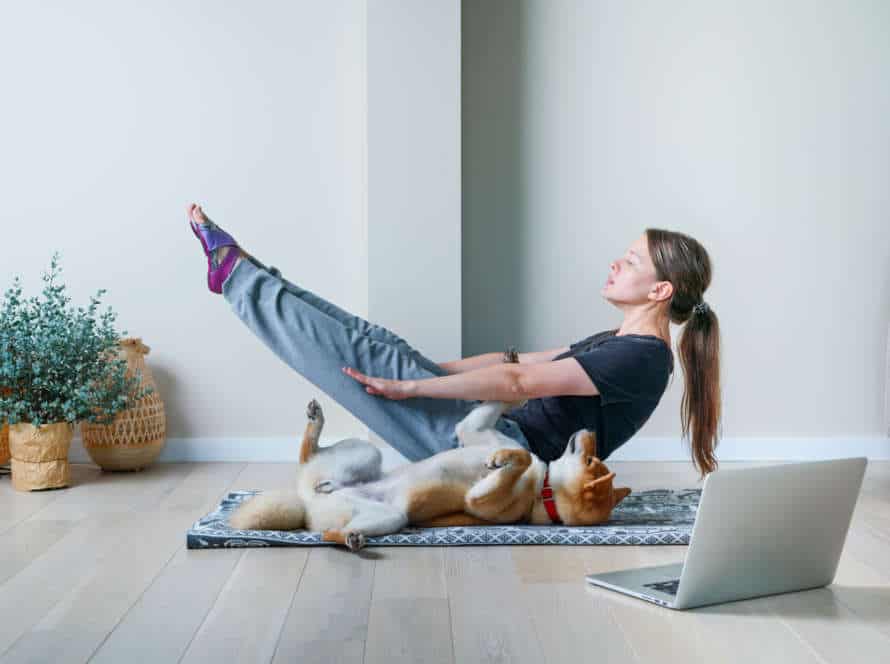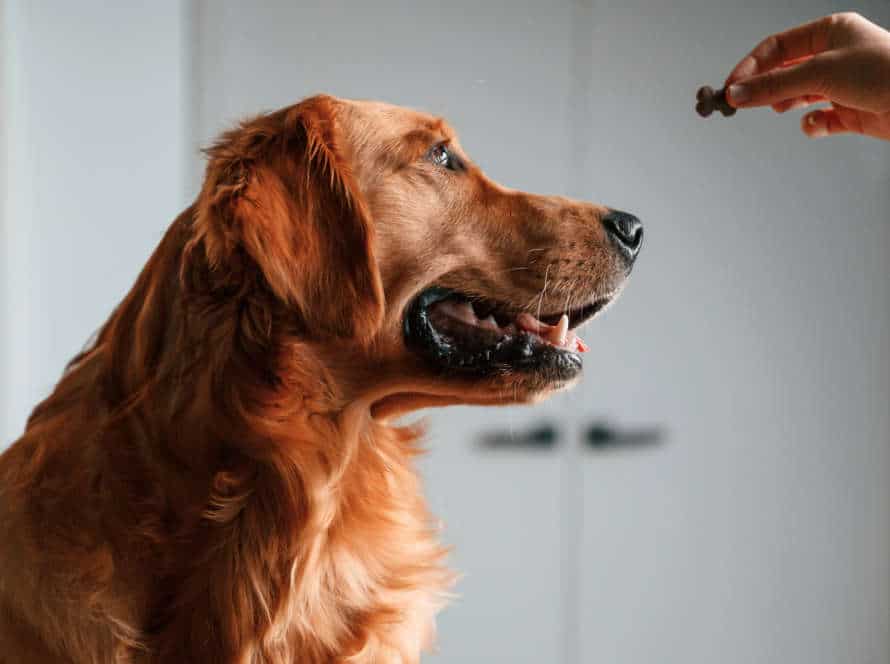Puppies and Grooming: A Guide for New Dog Owners
Are you a new pup parent? Grooming is key for keeping your furry friend healthy and clean. Here’s a guide to get you started!
Brush ’em up: Regular brushing keeps their coat shiny and tangle-free. Grab a soft-bristled brush and brush from head to tail.
Bath time: A mild shampoo bath once a month is great. Use warm water and be careful not to get any in their eyes or ears.
Clip those nails: Clip their nails every 4-6 weeks with sharp, high-quality clippers. Avoid the quick, which is a vessel inside the nail.
Ear care: Check and clean their ears often to prevent infections. Use a cotton ball or soft cloth and vet-approved cleaner.
Dental hygiene: Brush their teeth with a vet-approved toothbrush and toothpaste to prevent problems and freshen breath.
Always approach grooming with a positive attitude, and give them treats and praise to make it a fun experience!
Understanding Basic Puppy Grooming
Grooming your pup is essential for giving them the best care. From brushing their fur to trimming their nails, it’s important that new dog owners learn puppy grooming basics. Here’s a guide with tips on doing it safely.
Benefits of grooming your puppy
Grooming your pup is a crucial part of being a responsible pet owner. It does more than just keeping them looking and smelling great. Here are some key advantages:
- Keeps bacteria and parasites away, for good hygiene.
- Removes old skin cells and spreads natural oils for good skin and coat.
- Helps you spot any health problems like skin infections or lumps.
- Bonding time and socialization with your pup.
Regular grooming ensures your pup stays happy, healthy, and looking their best.
First grooming session with your puppy
It’s key to begin a routine for your pup’s hygiene and looks with the first grooming session. Here are some tips for new dog owners:
- Brushing: Use a soft-bristled brush and gentle strokes, increasing pressure as pup gets more comfy. This distributes oils, prevents matting and gets rid of loose fur.
- Nail Trimming: Long nails can cause harm, so use a sharp clipper and avoid the quick (the pink part with veins).
- Ear Cleaning: Clean ears regularly to avoid infections. Use cotton and vet-approved cleaner to wipe the flap and inner ear.
- Bathing: Bathe pup every few months or as needed using dog-specific shampoo and conditioner. Rinse thoroughly.
Don’t forget to reward pup for being patient and behaving well. With time, grooming will be a bonding experience.
Essential grooming tool kit for new dog owners
As a pup parent, it’s important to get a grooming kit. Here are the must-haves:
- Slicker brush: Helps remove tangles and mats.
- Comb: Detangles finer hair for a smooth finish.
- Nail clippers: Keeps your dog’s nails trimmed for good health.
- Dog shampoo: Cleans and maintains a healthy coat.
- Towels: To dry your pup after a bath.
- Ear cleaning solution: Prevents infections.
- Toothbrush & toothpaste: Keeps teeth & gums healthy.
These tools keep your doggo looking and feeling their best. Pro Tip: Start grooming early to bond with them.
Bathing Your Puppy
Bathing your pup is a must for good grooming and health. Pick the right shampoo and decide how frequently you should wash your pup. Here’s a guide to help – learn how to choose the ideal shampoo, when and how often to bathe your puppy, and how to keep them safe during the process.
Things to consider before giving your puppy a bath
Before bathing your pup, think of a few things.
- Age: 8 weeks or younger? No bath.
- Frequency: 2-3 months? Don’t over-bath.
- Temperature: Lukewarm.
- Products: Vet-approved.
- Drying: Towel, not hairdryer.
Pro tip: Treats and praise! Make it an enjoyable experience for your furry friend.
Choosing the right shampoo for your puppy
Selecting the perfect shampoo for your pup is key to keeping their coat healthy and glossy and avoiding any skin allergies or irritations. Here are some tips to bear in mind before buying a shampoo for your furry companion:
- Check the pH level: Dog skin is more alkaline than human skin, so human shampoo may cause dryness or irritation. Look for shampoos with a pH level of 7.0 to 7.5 for dogs.
- Assess your puppy’s skin type: Determine if your pup has sensitive, dry, itchy, or oily skin, then select an appropriate shampoo.
- Steer clear of harsh chemicals: Examine the shampoo label for parabens, sulfates, phthalates, and synthetic fragrances. Opt for organic or natural shampoos that are harmless and mild for your pup.
Remember to bathe your pup once a month and use lukewarm water to rinse off the shampoo. Dry them with a clean towel, and don’t forget to applaud and reward your pup for being a good boy/girl!
Step-by-step guide to bathing your puppy
Bathing your pup is key for good grooming. Do it with caution to avoid making them uncomfortable or hurt. Here’s a guide:
- Get supplies like a non-slip mat, shampoo, towel, and treats – keep them close.
- Brush their coat to remove any tangles or mats.
- Put the pup in the tub/sink on the mat and wet their coat with warm water.
- Put a small amount of shampoo on, start at the neck and go down to tail.
- Rinse with warm water – be careful not to get it in their ears.
- Dry them with a towel, start at the head and work down.
- Rewards good behaviour with treats and praise.
Tip: Put a rubber mat in the bottom of the tub/sink to stop them from slipping.
Nail Care for Puppies
Puppies need nail care! It’s part of their regular grooming routine. To keep their nails healthy and neat, there are several techniques to use. Here, we’ll explain what you should know about puppy nail care.
Why nail care is important for puppies
Puppy nail care is essential. It provides them comfort, keeps them safe, and stops infections.
Why is nail care important?
- Long nails can be painful and cause puppies to alter their gait and position.
- Overgrown nails can snag on furniture, carpets, and other items and hurt your pup.
- Ingrown and broken nails might result in health issues.
Regular trimming and filing will avoid these problems and keep your pup content and healthy.
Pro Tip: Start nail care early to help your pup become accustomed to it and make it simpler for both of you.
When to clip your puppy’s nails
Clipping your pup’s nails is important for their health and wellbeing. Start early to prevent discomfort.
Here are signs it’s time:
- Nails too long, curling under or around paws.
- Clicking on hard surfaces when walking.
- Scratching and damaging furniture more.
When clipping, only trim the tip of the nail. Avoid pink area with blood vessels and nerves. Have treats on hand to reward good behavior.
Pro tip: Ask your vet or a groomer for help if uncomfortable.
How to clip your puppy’s nails and avoid hurting them
Clipping your pup’s claws is a must for their grooming. But, for first-time pet parents, it can be scary! Here are some tips for trimming your pup’s nails carefully:
- Use clippers made for dogs and make sure they’re sharp.
- Hold their paw gently and find the quick, the blood vessel in the nail. Don’t clip this!
- Cut the nail at a 45 degree angle, from the tip going up.
- If you cut the quick, use styptic powder or cornstarch to stop the bleeding.
- When clipping, give treats and positive reinforcement to your pup to keep them calm.
- Don’t forget to trim the dewclaws, the nails on the top of the paw.
- Pro tip: If you’re not sure how to clip, ask a professional groomer or vet for help.
Coat and Skin Care for Puppies
Healthy coat and skin are essential for your puppy’s well-being. To maintain their coat and skin, regular grooming is needed. You can do it at home or hire a professional groomer. Let’s learn the basics of puppy coat and skin care! Here are some tips to keep your pup looking their best:
The importance of coat and skin care for your puppy
Taking care of your pup’s coat and skin is essential for their wellbeing. Regular grooming can help you prevent skin issues, matting and bad smells, while bonding with your furry friend. Here are some tips:
- Brush your pup’s hair often to get rid of tangles, dirt and debris. Use a slicker brush to remove any matted hair and a wide-tooth comb for longer-haired breeds.
- Cut your pup’s nails regularly to avoid them from snagging or breaking. Use sharp, clean clippers and don’t cut the pink part with blood vessels and nerves.
- Bathe your pup every two to three months, or as needed, with a mild puppy shampoo.
- Check your pup’s skin for any signs of dryness, redness, rashes, bumps or parasites. Use a flea comb and tick remover tool to remove them.
Pro tip: Make grooming a positive experience for your pup by giving treats, toys and lots of praise and cuddles.
Steps to brushing your puppy’s coat
Brushing your pup’s coat is essential for their coat and skin care! Here’s what you need to do:
- Choose the right brush for their coat type.
- Start at the head, gently stroking in the direction of hair growth.
- Focus on areas prone to matting, like behind ears, under arms, and belly.
- Use a slicker brush for loose hair and mats. Use a bristle brush for smoothing.
- Reward pup with treats and praise. Make it a positive experience!
- Brush pup’s coat regularly – at least once a week. Keep it healthy and manageable!
Spotting signs of skin allergies, infections or irritations
Are you a new pup parent? It’s essential to recognize signs of skin issues in your pup. Early detection and treatment can stop the problem from getting worse. Here are some common signs to look out for:
- Excessive itching or scratching
- Redness or inflammation on the skin
- Rashes, pimples, or bumps
- Dry, flaky, or scaly skin
- Hair loss or bald patches
- A foul odor from the skin or ears
To keep your pup’s skin healthy, practice good grooming and hygiene habits like bathing, brushing, and keeping their living area clean. Consult your vet if you spot any of the above signs.
Pro Tip: Grooming your pup can boost their skin health and foster your bond!
Dental Care for Puppies
Good oral hygiene is a must for puppies! Ensuring good dental health will avoid problems as they grow. Dental care is an essential part of their grooming. New dog owners must know how to provide proper oral care for their pup.
Let’s look at the best dental care tips!
Benefits of good dental care
Looking after your pup’s dental health is super important! It can prevent bad breath, gum disease and tooth decay. Plus, it may even help extend their life.
Regular brushing and vet visits will help identify dental issues before they become more serious. Furthermore, having healthy teeth allows your puppy to chew properly and absorb nutrients better.
The benefits of proper dental care include:
- Better overall health
- Fresher breath
- Lower risk of tooth loss
- Reduced chance of systemic infections
- Saving on vet bills in the long run
It’s important to start early with good dental care, as puppy teeth are very vulnerable. With regular brushing and checkups, your pup can enjoy a long life full of health and happiness.
Dental hygiene tips for puppies
It’s essential to begin dental care for puppies soon. Here are some tips:
- Get your pup used to touch on teeth and gums. Use a soft finger brush or cloth daily.
- Use vet-approved, puppy-friendly toothpaste when brushing. Don’t use human toothpaste – it’s harmful.
- Give safe and adequate chewing toys to help clean teeth and promote healthy habits. Avoid hard or small objects that can cause damage or choking.
- Schedule regular dental checkups with the vet. This can help prevent dental problems and save pricey vet bills.
Common dental problems in puppies
Puppies can suffer if dental problems are not taken care of quickly. Here are a few common ones:
- Tartar and plaque buildup. This can lead to bad breath, gum-inflammation and tooth decay.
- Broken teeth. Puppies like to chew things, which can break teeth.
- Malocclusion. When teeth don’t line up properly it can cause pain and difficulty eating.
- Retained baby teeth. Baby teeth not falling out can stop adult teeth from growing in.
To avoid these issues, brushing teeth and regular professional cleaning for your pup is key.
Dealing with Special Grooming Needs for Puppies
Puppies with longer coats need special grooming. It’s wise to start early. It helps them get used to it and keeps them safe. New dog owners should know what to do with puppy grooming.
Grooming for long-haired and short-haired puppies
Both long and short-haired puppies need grooming for their health and looks. But their needs differ, based on their fur length and thickness.
Long-haired pups need more frequent grooming, as their fur mats and tangles easily. Brushing their fur daily will help keep it smooth. It’s wise to get professional trimming every few months, especially around the paws, eyes, and ears.
Short-haired breeds don’t need as much grooming. However, they still need regular brushing to get rid of loose fur and keep their skin healthy. Using a rubber grooming mitt weekly is enough.
Remember, regular grooming not only helps your puppy look great but is also good for their overall health and hygiene.
Grooming needs for curly-haired and wired-haired puppies
Curly-haired and wired-haired pups have special grooming needs. These are due to their coat textures and growth habits.
- Curly-haired pups have dense, curly fur. This needs daily brushing to stop matting and tangling. Regular trimming is also needed to keep the fur at a good length.
- Wired-haired pups have a rough outer coat and a soft undercoat. This needs hand-stripping instead of clipping. This involves pulling out dead hairs from the roots.
As a new dog owner, it’s important to research the specific grooming requirements of your pup’s breed. This will make them look good and help them stay healthy.
Grooming needs for puppies with sensitive skin or allergies
Puppies with sensitive skin or allergies need special care while grooming. Here are some tips:
- Get a mild, dye-free, fragrance-free, and chemical-free dog shampoo.
- Brush your pup daily to get rid of loose fur and reduce skin irritation.
- Use gentle grooming tools like a rubber brush or grooming mitt.
- If your pup has allergies, use an anti-inflammatory or hypoallergenic shampoo.
- Spray detangler or conditioner to stop mats and tangles that can irritate your pup’s skin.
These tips will make sure your pup’s grooming routine is comfortable and safe for their sensitive skin or allergies.
Frequently Asked Questions
Q: How often should I groom my puppy?
A: It depends on the breed, but typically puppies should be groomed every 4-6 weeks. Short-haired breeds may only require occasional brushing, while long-haired breeds will need more frequent grooming.
Q: What should I include in my puppy’s grooming routine?
A: Regular grooming should include brushing, bathing, nail trimming, and ear cleaning. You may also need to regularly trim your puppy’s coat depending on their breed.
Q: Can I groom my puppy at home, or should I take them to a groomer?
A: You can groom your puppy at home as long as you have the right tools and are comfortable doing so. If you are unsure or your puppy has a particularly difficult coat, it may be best to take them to a professional groomer.
Q: What kind of shampoo should I use for my puppy?
A: Use a mild, puppy-specific shampoo that won’t irritate their skin. Avoid using human shampoos which can be too harsh and cause dryness or irritation.
Q: How should I introduce my puppy to grooming?
A: Start slowly and make grooming a positive experience for your puppy. Use rewards and positive reinforcement, and gradually introduce them to each part of the grooming process so they become comfortable with it.
Q: What should I do if my puppy has matted fur?
A: Take care of mats as soon as possible to prevent them from getting worse. Use a detangler or mat splitter to carefully and gently remove the mat. If the mat is too severe or close to the skin, take your puppy to a professional groomer for help.







